当前位置:网站首页>使用位运算实现加减乘除(+、-、*、/)及比较器的用法
使用位运算实现加减乘除(+、-、*、/)及比较器的用法
2022-08-02 19:21:00 【NPE~】
一、使用位运算实现+、-、*、/
1 实现加法
我们分为两步:
第一步:先算出不带进位的结果
第二步:算出加之后的进位
不带进位 + 进位 = res
代码实现:
/** * 位运算实现加法 * @return */
public static int add(int a, int b){
int sum = a;
//只要有进位b,就一直循环
while(b != 0){
sum = a ^ b;//a 与 b异或
b = (a & b) << 1;//b表示进位,需要左移一位
a = sum;
}
return sum;
}
2 实现减法
减法思路其实很简单:直接加上相反数即可【在计算机底层:负数使用补码来存储的,补码:反码+1】
取相反数代码:
/** * 取相反数 * @param n * @return */
public static int negNum(int n){
// 相反数:取反 + 1;因为不能有加号,所以直接调用函数【负数在计算机中用补码表示】
return add(~n, 1);
}
减法代码:
/** * 减法 a - b * @param a * @param b * @return */
public static int minus(int a, int b){
return add(a, negNum(b));
}
3 实现乘法
res = a * b
判断b最低位为是否为1,如果为1,加上a,然后b左移,a右移;
如果为0就直接跳过,b左移,a右移
乘法代码:
/** * 乘法 * @param a * @param b * @return */
public static int multi(int a, int b){
int res = 0;
while(b != 0) {
if((b & 1) != 0){
res = add(res, a);
}
a <<= 1;//a带符号右移
b >>>= 1;//b不带符号左移
}
return res;
}
4 实现除法
res = x / y
用x向y靠拢【防止y将符号位丢失】,找到小于等于y的最大值,然后减去该值
div代码(用于实现普通的除法):
public static int div(int a, int b){
int x = isNeg(a) ? negNum(a) : a; //求负数绝对值
int y = isNeg(b) ? negNum(b) : b;
int res = 0;
// x / y 用x取靠y,防止y将符号位移除
//方法中不能使用-号,用函数代替
for (int i = 30; i >= 0; i = minus(i, 1)) {
if((x>>i) >= y){
res |= (1 << i);
x = minus(x, y << i);
}
}
//判断最后符号,两个都是负数就取相反数
return isNeg(a) ^ isNeg(b) ? negNum(res) : res;
}
除法代码:
a/ b:需要考虑最小值的情况【系统最小值转绝对值】
如果是最小值 / -1 结果会越界,因此我们将最小值+1,然后再除得到临时结果c,除完之后用a - (c * b) 得到差值e,用差值e除以b,得到补偿值d,将补偿值d与之前值c相加得到最后结果res
a / b
//a 是最小值, b是1
// (a + 1) / b = c
// a - (c * b) = e
// e / b = d
// c + d = res
/** * 除法实现【解决系统最小值转绝对值问题】 a / b * @param a * @param b * @return */
public static int divide(int a, int b){
if(a == Integer.MIN_VALUE && b == Integer.MIN_VALUE){
//两个都是最小值,直接返回1
return 1;
} else if (b == Integer.MIN_VALUE){
// 如果除数是最小值,直接返回0
return 0;
} else if (a == Integer.MIN_VALUE){
if(b == negNum(1)){
// b如果是-1,直接返回最大值【规定】
return Integer.MAX_VALUE;
} else {
//a 是最小值, b是1
// (a + 1) / b = c
// a - (c * b) = e
// e / b = d
// c + d = res
int c = div(add(a, 1), b);
return add(c, div(minus(a, multi(c,b)), b));
}
} else {
return div(a, b);
}
}
二、 拓展:比较器的用法
通常我们在使用集合的时候,都会涉及到元素顺序的问题,通常来说,基本数据类型在java内部已经帮我们实现了,那么我们自己定义的类该如何排序呢?这个时候就会涉及到比较器【自定义比较器需要实现Comparator<>接口】
例如:我们自定义学生类,我们想要按照要求给学生排序
public static class Student{
private String name;
private Integer id;
private Integer age;
public Student(String name, Integer id, Integer age){
this.name = name;
this.id = id;
this.age = age;
}
@Override
public String toString() {
return "Student{" +
"name='" + name + '\'' +
", id=" + id +
", age=" + age +
'}';
}
}
- 重写compare方法后:
返回负数:第一个参数在前
返回正数:第二个参数在前
返回0:顺序无所谓
/** * 根据id排序【id大的在前面】 */
public static class MyIdComparator implements Comparator<Student>{
//返回 负数:第一个参数在前面
//返回 正数:第二个参数在前面
//返回 0:谁在前面无所谓
@Override
public int compare(Student o1, Student o2) {
return -(o1.id - o2.id);
}
}
此处我们拓展一下优先级队列:PriorityQueue,底层实现是小根堆(默认记住最小值)
同时,String的排序是根据字典序来排列,如果两个字符串长度相同,挨个比较;
如果不同,补齐之后再比较
①"abc" “bca”
②"bca" “bc”【长度不同,补齐(用最小字典序补),“bc0”】
全部代码:
package com.ali.test;
import java.util.*;
public class ComparatorTest {
public static class Student{
private String name;
private Integer id;
private Integer age;
public Student(String name, Integer id, Integer age){
this.name = name;
this.id = id;
this.age = age;
}
@Override
public String toString() {
return "Student{" +
"name='" + name + '\'' +
", id=" + id +
", age=" + age +
'}';
}
}
/** * 根据id排序【id大的在前面】 */
public static class MyIdComparator implements Comparator<Student>{
//返回 负数:第一个参数在前面
//返回 正数:第二个参数在前面
//返回 0:谁在前面无所谓
@Override
public int compare(Student o1, Student o2) {
return -(o1.id - o2.id);
}
}
public static void main(String[] args) {
Student s1 = new Student("张三", 4, 43);
Student s2 = new Student("李四", 1, 16);
Student s3 = new Student("王五", 3, 25);
Student s4 = new Student("赵六", 2, 20);
List<Student> list = new ArrayList<Student>();
list.add(s1);
list.add(s2);
list.add(s3);
list.add(s4);
//使用自己构建的比较器排序
list.sort(new MyIdComparator());
for (Student s : list) {
System.out.println(s.name + " " + s.id + " " + s.age);
}
System.out.println("--------------");
PriorityQueue<Integer> queue1 = new PriorityQueue<>();
queue1.add(2);
queue1.add(7);
queue1.add(8);
queue1.add(1);
System.out.println(queue1.peek());//1 优先级队列(小根堆),默认堆顶是最小值
//优先级队列
PriorityQueue<Student> queue2 = new PriorityQueue<>(new MyIdComparator());
queue2.add(s1);
queue2.add(s2);
queue2.add(s3);
queue2.add(s4);
System.out.println(queue2.peek());//Student{name='张三', id=4, age=43}
}
}
边栏推荐
- MaxCompute 的SQL 引擎参数化视图具体有哪些增强功能?
- 连续三次 | 灵雀云入选Gartner中国ICT技术成熟度曲线报告
- Dynamically generate different types of orders, how do I deposit to mongo database?
- 十六进制文本的字节序问题
- 【心理学 · 人物】第一期
- 脑机接口003 | 马斯克称已实现与云端的虚拟自己对话,相关概念股份大涨
- ShardingSphere-proxy +PostgreSQL实现读写分离(静态策略)
- J9数字论:互联网跨链桥有什么作用呢?
- JVM内存和垃圾回收-06.本地方法栈
- Mysql安装流程 【压缩版】
猜你喜欢
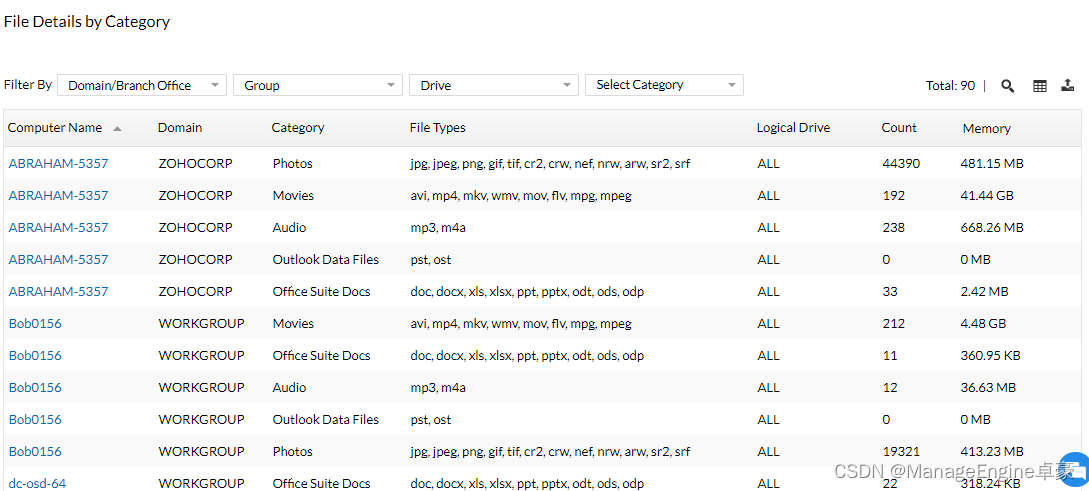
What is the use of IT assets management software
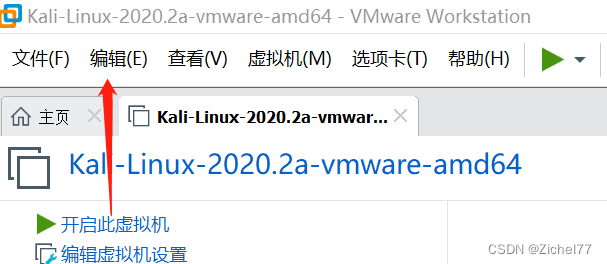
VMware虚拟机无法上网

What is a Field Service Management System (FSM)?what is the benefit?

如何正确地配置入口文件?
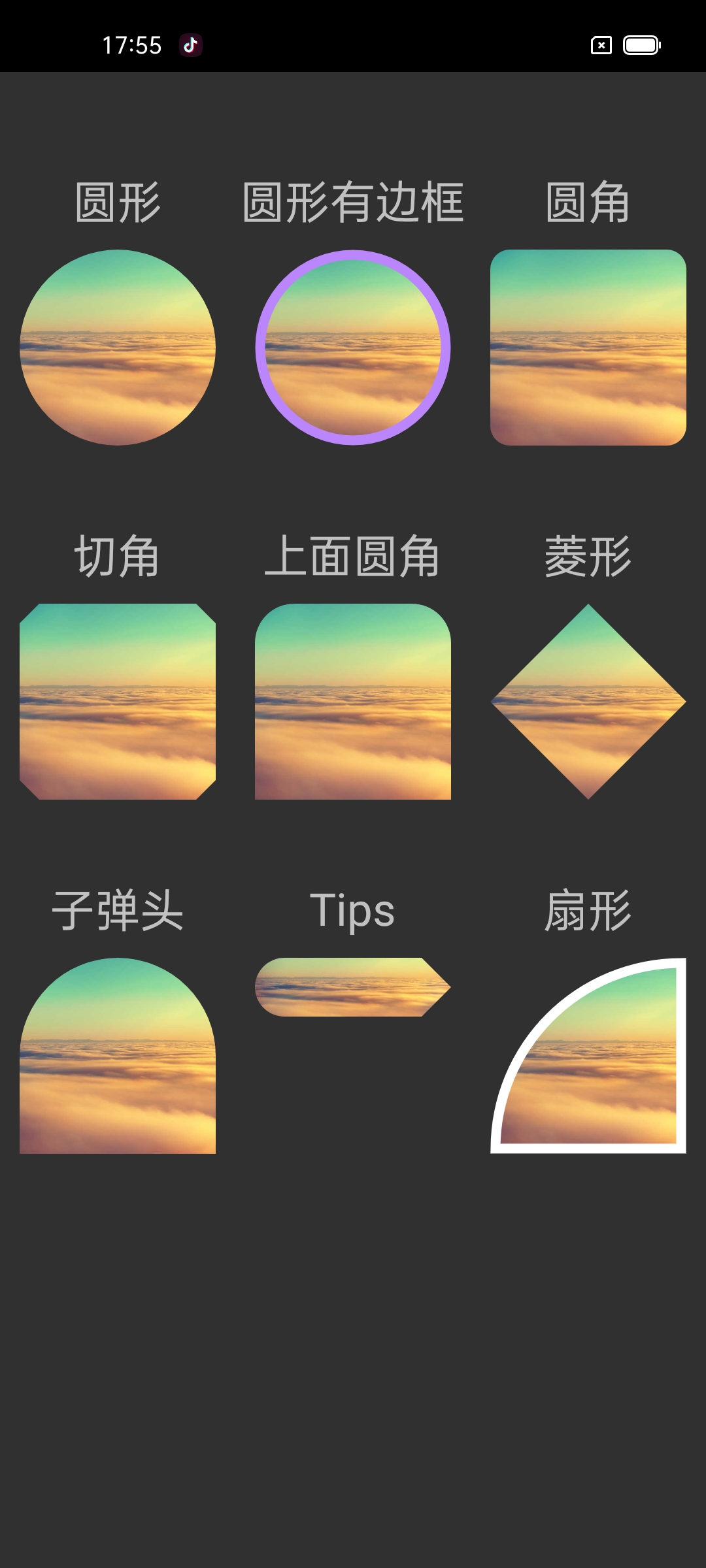
ShapeableImageView 的使用,告别shape、三方库
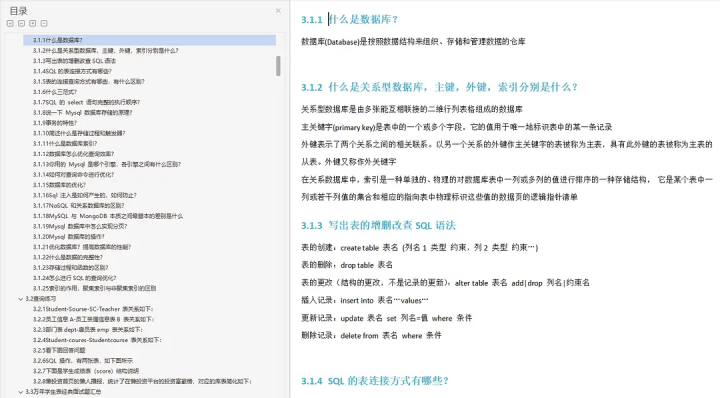
我靠这套笔记自学,拿下字节50万offer....
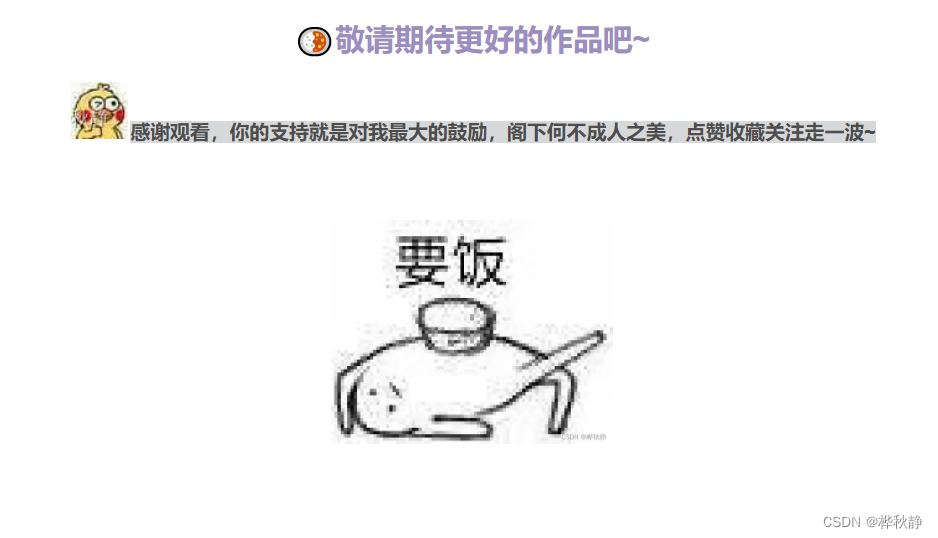
【C语言刷题】Leetcode203——移除链表元素

【C语言刷题】Leetcode169——多数元素
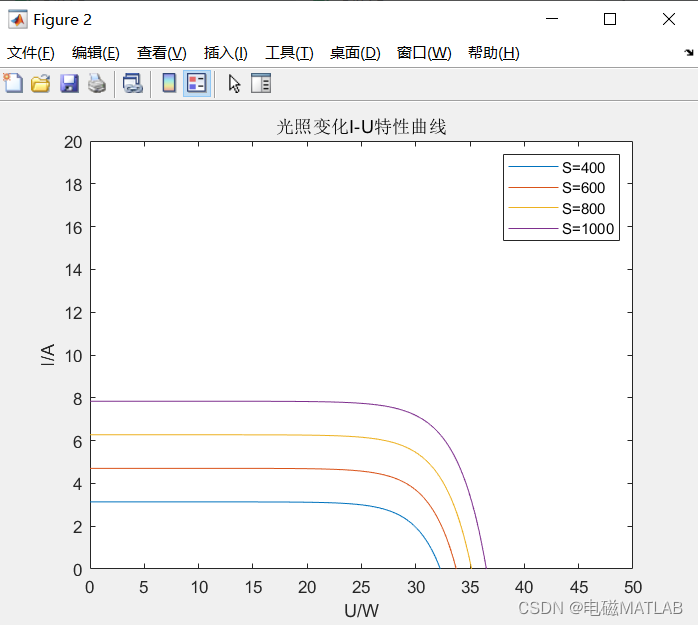
Mppt photovoltaic maximum power point tracking control matlab simulation

J9数字货币论:识别Web3新的稀缺性:开源开发者
随机推荐
【OpenNI2】资料整理 -- 不断更新中
Metaverse 001 | Can't control your emotions?The Metaverse is here to help you
治疗 | 如何识别和处理消极想法
溜不溜是个问题
MySQL安装(详细,适合小白)
geoserver+mysql+openlayers问题点
EasyCVR平台通过国标GB28181接入柯达NVR显示注册失败,该如何解决?
4KMILES加入艾盛集团,以更强劲的数字商务能力,加速中国跨境电商的全域全效增长
线程池原理与实践|从入门到放弃,深度解析
SQL-UDT是什么功能?
Flutter自带国际化适配自动生成方案
Unity 打包和切换平台|Build Settings窗口介绍
聊一聊 AS 的一些好用的功能
Caldera(一)配置完成的虚拟机镜像及admin身份简单使用
image could not be accessed on a registry to record its digest
Geoserver+mysql+openlayers
NC | Structure and function of soil microbiome reveal N2O release from global wetlands
7.25 - 每日一题 - 408
golang面试题
斯堪尼亚SCANIA OTL标签介绍